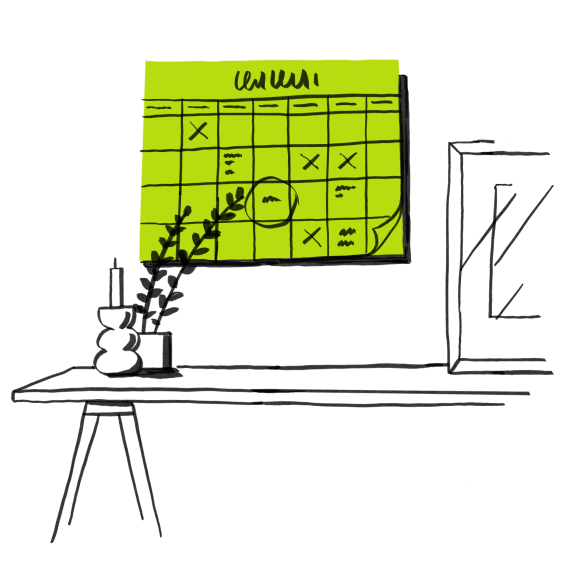
What is a Minnesota promissory note used for?
A Minnesota promissory note can provide clarity and protection in a range of lending scenarios. Be it lending money to a friend, family member, or conducting business, this legal document lays down the repayment terms. These include the rate of interest, repayment schedule, and any late fees.

What are the common types of Minnesota promissory note?
There are several main types of promissory notes in the state of Minnesota:

Simple promissory note
Establishes a straightforward lending arrangement. It's mostly used between individuals or small businesses, without the need for complex terms or security interest.

Secured promissory note
Includes a provision for collateral, like real estate. The lender can claim this if the borrower doesn't repay the loan as per the agreement.

Installment promissory note
Splits the loan repayment into equal monthly payments over a set period, making it easier for borrowers to manage their repayments.

Demand promissory note
Lets the lender request an immediate lump sum or balloon payment at any time they choose, without giving prior notice or waiting for a maturity date.
What do you need to write a Minnesota promissory note?
To create a Minnesota promissory note, you'll need the following:
- Names and contact details of the lender, borrower, and any co-signers
- The principal amount of money loaned
- Repayment terms, including the legal interest rates and late payment penalties
- Details of collateral and its estimated value

Frequently asked questions
Absolutely. However, when setting the amount of interest or usury rate, make sure to comply with Minnesota's state laws. These limit the maximum interest to 8% if it’s in writing.
If the borrower doesn't repay the unpaid principal, the lender can take action to recover the outstanding amount. This can involve seeking a judgment, garnishing wages, or enforcing any collateral stated in the note.
You can modify a signed Minnesota promissory note, but both parties need to agree on the changes. The modifications should be documented in writing as an amendment or addendum to the original note. This will help ensure there’s no waiver of any original terms without mutual consent.
Disclaimer: This information is intended for general informational purposes only. It is meant to help you understand the legal framework used for this form. This is not intended to be legal advice and should not be a substitute for professional legal advice. Consult a licensed attorney for legal advice or representation.
Looking for other Minnesota documents?
Formswift is not a law firm and does not provide legal advice or representation. Formswift's documents are not a substitute for the advice of an attorney. Communications between you and Formswift are governed by the Formswift Privacy Policy but are not protected by the attorney-client privilege or as work product. Formswift does not provide advice, opinions, or recommendations about individual's legal rights, options, strategies, or the selection of forms. Your use of the Formswift website and forms is governed by the Formswift Terms of Service.
